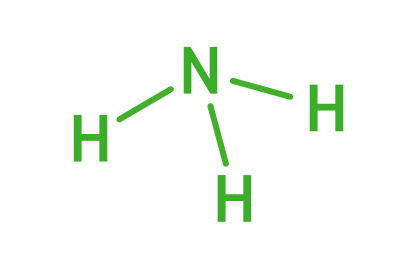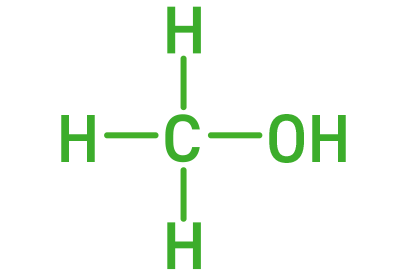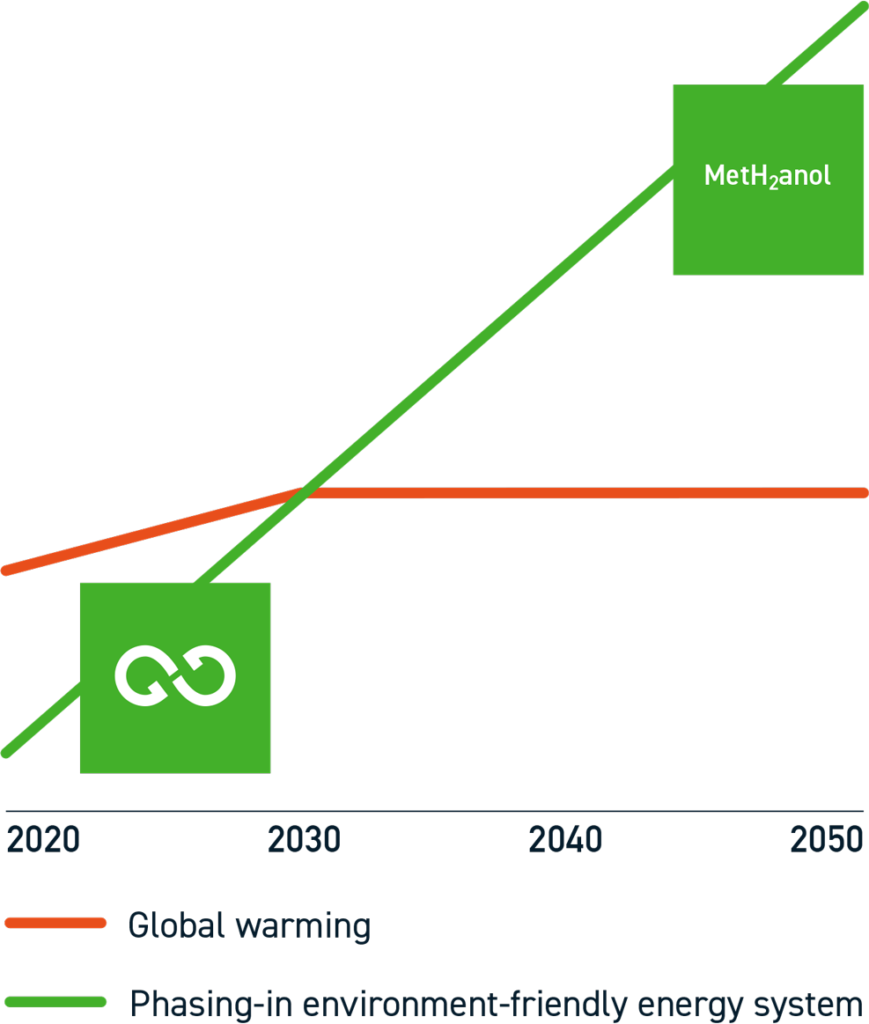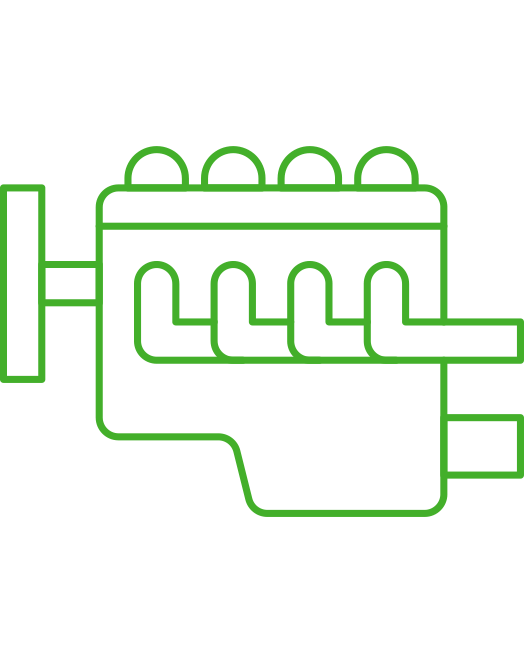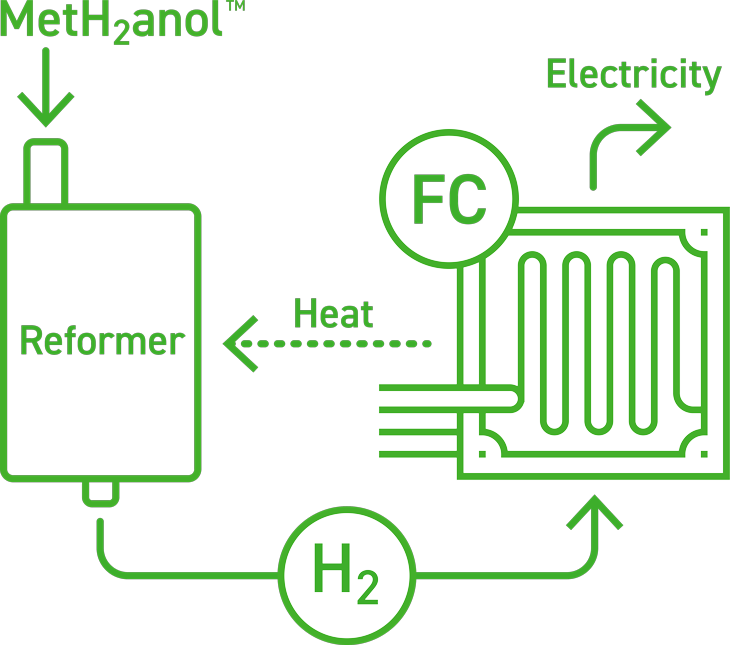"a significant role in reaching our commitment of 60 percent CO₂ fleet reduction by 2030"
"Our methanol-fueled vessels will play a significant role in reaching our commitment of 60 percent CO₂ fleet reduction by 2030 compared to 2008 levels. They will also be a proving ground where we learn how to bunker and operate carbon neutral vessels safely, efficiently and reliably, so we can continue building momentum towards carbon neutrality in 2050.”
Palle LaursenSenior Vice President, Chief Technical Officer, A.P. Moller – Maersk
“This groundbreaking container vessel shows that scalable solutions to properly solve shipping’s emissions challenge are available already today.”
Henriette Hallberg ThygesenCEO of Fleet & Strategic Brands, A.P. Moller - Maersk


